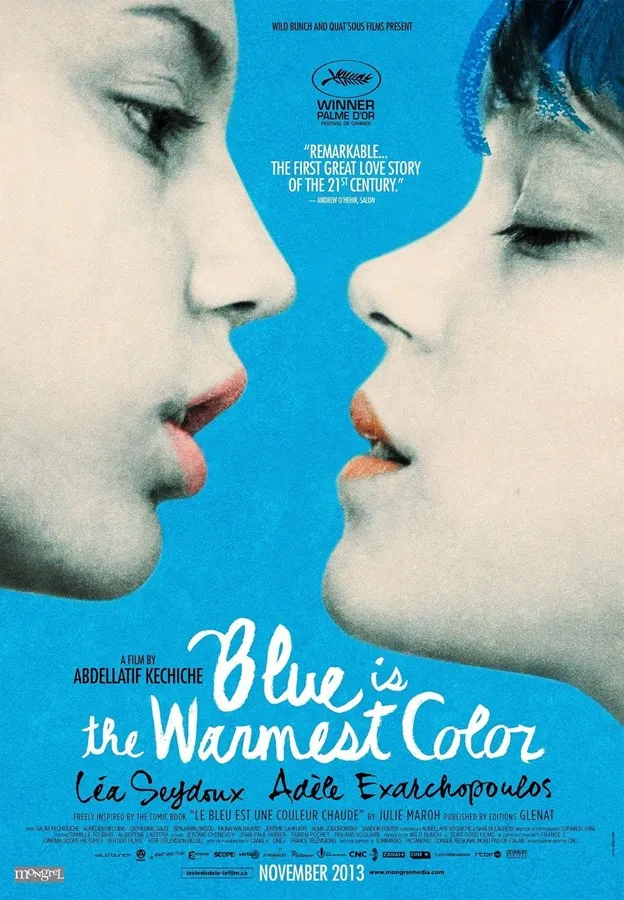Blue Is the Warmest Colour (2013) has brought forth a compelling story about the perils and joy of self-discovery, love, and homosexuality. The film tells a story of Adele, played by Adèle Exarchopoulos, a 15-year-old girl who embarks on a journey to find her sexual identity.
Synopsis
Adele’s life changes after she meets Emma, played by Léa Seydoux, a mysterious blue-haired woman who ignites a flame in Adele. Despite Adele’s relationship with Thomas, played by Jérémie Laheurte, becoming intimate, Adele still feels something is missing within her.
After a series of events, Adele discovers her attraction towards the same sex when she kisses one of her female friends. From there, she embarks on a journey to find what she truly wants in life.
Emma introduces Adele to the lesbian community, where she finally meets the blue-haired woman who piqued her interest. Emma, a graduate of art school, becomes Adele’s first lesbian partner. But with their differences in personalities and upbringings, Adele and Emma face challenges in their relationship.
As their relationship progresses over time, Adele and Emma move in together, where they lead separate career paths – Adele as a teacher and Emma as a painter. As their career paths differ, their relationship also faces more struggles, leading to an unexpected end.
Review
Blue Is the Warmest Colour has a story that is relatable to many, regardless of their sexual orientation. The film portrays the challenges and discrimination encountered by the LGBTQ+ community, especially when it comes to relationships.
The director, Abdellatif Kechiche, shows the differences between Adele and Emma’s upbringing and personalities, making the story more realistic. Moreover, the film is commendable for illustrating the struggles of Adele in discovering her true self.
Aside from Adele’s journey, the film also focuses on Emma’s character, who juggles her career and relationship with Adele. The director, Abdellatif Kechiche, did an excellent job of presenting the complexities of a lesbian relationship without overtly sexualizing it, as seen in most films tackling the same topic.
The film is a remarkable production encompassing Adele and Emma’s love and self-discovery. Moreover, it challenges the audience to think beyond the boundaries of sexuality and appreciate the beauty of finding oneself.
Conclusion
Blue is the Warmest Colour is an exceptional film that shows the beauty and struggles of a lesbian relationship. The movie reflects social realities and tackles sexual identity and societal standards. The story depicts the beauty in self-discovery and the joy that comes with it. Ultimately, watching this film will make you appreciate the freedom of chasing one’s desires and finding happiness in love.




